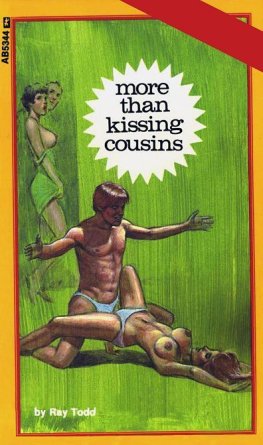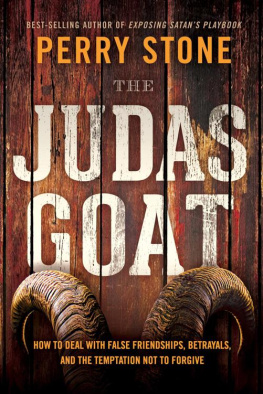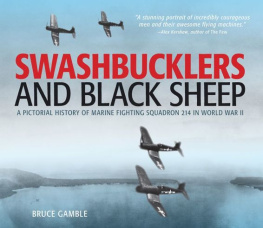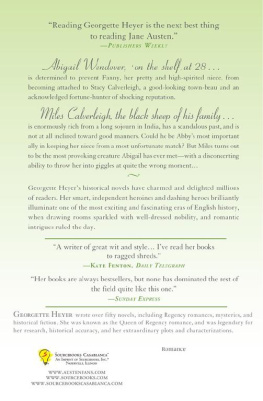Originally published in 1988 by Times Books.
Published 2004 by Transaction Publishers
Published 2017 by Routledge
2 Park Square, Milton Park, Abingdon, Oxon OX14 4RN
711 Third Avenue, New York, NY 10017, USA
Routledge is an imprint of the Taylor & Francis Group, an informa business
New material this edition copyright 2004 by Taylor & Francis.
All rights reserved. No part of this book may be reprinted or reproduced or utilised in any form or by any electronic, mechanical, or other means, now known or hereafter invented, including photocopying and recording, or in any information storage or retrieval system, without permission in writing from the publishers.
Notice:
Product or corporate names may be trademarks or registered trademarks, and are used only for identification and explanation without intent to infringe.
Library of Congress Catalog Number: 2004044012
Stone, Elizabeth, 1946-
Black sheep and kissing cousins : how our family stories shape us / Elizabeth Stone ; with a new introduction by the author.
p. cm.
Originally published: New York : Times Books, c1988.
Includes bibliographical references.
ISBN 0-7658-0588-X (pbk. : alk. paper)
1. FamilyUnited StatesFolklore. 2. TalesUnited States. 3. GenealogyUnited StatesFolklore. 4. FamilyUnited StatesPsychological aspects. 5. United StatesSocial life and customs. I. Title.
GR105.S76 2004
398.355dc22 2004044012
ISBN 13: 978-0-7658-0588-1 (pbk)
Stories have to be told or they die, and when they die, we cant remember who we are or why were here.
SUE MONK KIDD,
The Secret Life of Bees
...each of us must possess a created version of the past.... If we refuse to do the work of creating this personal version of the past someone else will do it for us.
PATRICIA HAMPL,
Memory and Imagination
Its been twenty-five years since I first scrutinized my own family stories, realizing just how potentand invisiblea presence they were in my life, and yes, learning a lot about myself and why I was here. In 1988, Black Sheep and Kissing Cousins was published. Now, the books republication by Transaction gives me the opportunity to survey from up close and far back how well traveled family stories have become in the intervening years, and how at home they are wherever theyve gone.
As I noted at the books initial publication, folklorists had long offered family stories a special place in their oral history tradition, and clinicians had long understood that for those with whom they worked, to change ones story was to change oneself. Now, family stories are a resource in history, sociology, social work, education, and nursing, and in interdisciplinary studiesAfrican American, documentary, gay and lesbian, immigration, family, storytelling, and womens studies. In some databases, the phrase family stories has achieved Keyword status, delivering citations amply without so much as a Boolean operator in sight. Elsewhere family stories answer to the name family narratives (and more on that in a bit).
Family stories, from the quirky to the tragic, are a staple of popular culture as well. As our fascination with genealogy has grown, family stories have become even more precious because they reveal an ancestors humanity, from a limp to a dimple, in a way that the Social Security Death Index never can. In fact, a subsequent researcher found what Id found and chronicled in : that people can feel connections withget guidance, inspiration, and strength fromancestors theyd known barely, if at all. As we look back, we also look forward: in childrearing magazines, articles appear informing parents that family stories about their children, for instance, should be used with care: its fine to celebrate family connections but not fine to label a child negatively (as in Jennifers the one with the awful temper. Remember the time she...?).
Meanwhile, people share their family stories in online blogs (a Google search linking the two phrases yielded a list of several thousand) and other forms of mass media. on his television program, Charlie Rose has talked about his own family stories. Once, alerted by the Kissing Cousins in the title, Montel Williams sent a white stretch limo to take me to his studio because he was doing a show on cousins who marry. Taping was so many hours behind schedule that I had to leave before Montel got to me, but it was the thought that counted.
Films and videos showcasing family stories abound, among them most recently My Architect. The master builder in question is the renowned Louis Kahn, and the acclaimed documentary was a labor of love and more, by Nathaniel Kahn, the elder Kahns son by one of his mistresses, only six when his father died. When I interviewed Nathaniel Kahn once, he told me hed always known who his father was, but their relationship wasnt part of the public record. When Lou Kahn died, Nathaniel was not mentioned in any of the obituaries. As he came of age, his need to document himself as his fathers son, as well as his need to know his father, drew him to the project. Years in the making, the film not only allowed him to make pilgrimages to Kahns buildings but gave him the opportunity to hear what amounted to family stories about Lou Kahn by family members and others. In another realm entirely, at the end of Schindlers List, Steven Spielberg added footage of Holocaust survivors telling their family stories, stories very much like those in , told to Irene Goldstein by her survivor father.
Recently, National Public Radio documentaran David Isay set up an audio booth in Grand Central Station where pairs of family members sign up for a forty-five minute session, generally the younger ones planning to interview their elders, later leaving with a CD in hand. Eventually digitized copies of the stories will be archived at the American Folklife center of the Library of congress.
Family stories have gone commercial, too. Professional videomakers who shoot weddings will now also direct their video cameras on a grandparent who gazes back, while telling the family stories, often with appropriate images and music included. How-To books on harvesting your family stories abound and so do elegant leather-bound volumes where the yield can be displayed. consultants to family businesses may look to their clients family stories the better to understand the childhood dynamics that get in the way of what should be adult business relationships.
In the literature on family stories, half a dozen or so distinct concerns prevail. Interest in the truth of these stories continues. One of the most fascinating developments, though hardly limited to family stories, is psychologist Elizabeth Loftus demonstration that false memories can be created. It remains to be seen if we remember stories differentlyMore accurately? Less accurately? from the way we remember experience, but neurologists already know that auditory memory is different from visual, and that we remember our own childhood experiences better if weve heard them reiterated. Putting aside questions of truth, academics in fields ranging from literature to psychology have explored the nature of narrative itself, wondering how existing genres affect what can be told at all. Michael White is a leader in the field of narrative therapy, helping his patients change their lives by reauthoring their narratives. Psychologist Barbara Fiese and her colleagues have developed a rubric for coding family stories as tool in evaluating a family. Using family stories diagnostically is not altogether new, but in recent years, there has been a marked increase in such explorations, often to assess relations between parent and child, or to look at the impact of the tellers and/or listeners gender in how family stories are told. clinicians use family stories to make predictions and diagnoses and to examine relationships among other family members as well.











